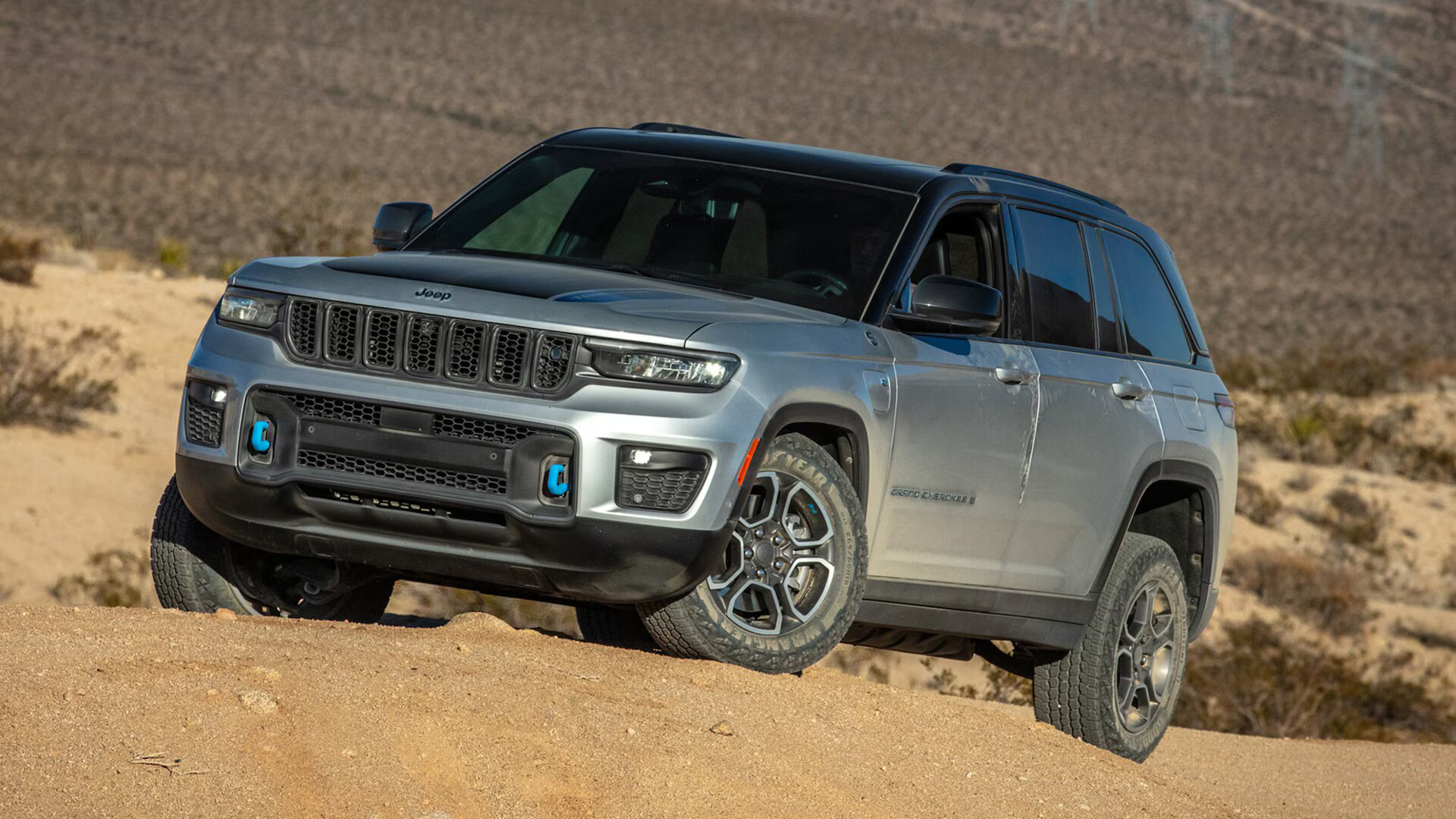When it comes to owning a car, reliability is often at the very top of the list for most drivers. Whether you’re commuting to work, running errands, or planning a long road trip, the last thing anyone wants is to be stranded on the side of the road with an unexpected breakdown.
Over the years, various car manufacturers have earned reputations for either producing vehicles that stand the test of time or models that seem to require constant visits to the mechanic. Understanding which cars are dependable and which ones tend to accumulate frequent repairs can save consumers not only money but also frustration and time.
In this article, we delve into two distinct categories: cars that rarely visit the repair shop, and those that seem to “live” there. By examining these extremes, prospective buyers can make informed decisions, and current owners can gain insight into the mechanical behaviors of their vehicles.
Reliability is influenced by many factors, including engineering design, manufacturing quality, choice of materials, and how a car is driven and maintained. But beyond the technical specifications, the experiences shared by owners and mechanics provide a rich source of information that helps paint a realistic picture of what to expect from different models.
Cars that rarely need repairs tend to be straightforward in design, use proven technologies, and are built with quality materials that endure wear and tear. Their engineering focuses on durability, with less reliance on complex, failure-prone electronics or overly ambitious performance features.
These vehicles offer peace of mind by minimizing unexpected breakdowns and costly repairs. Popular models like the Toyota Corolla and Honda Civic have gained cult-like followings precisely because they blend affordability, fuel efficiency, and a reputation for trouble-free ownership.
They tend to have widely available parts and a strong network of knowledgeable mechanics, which further contributes to their low maintenance needs.
On the flip side, some vehicles earn a reputation for frequent mechanical woes. Often, these cars incorporate advanced technologies or complex engineering that, while impressive on paper, can be sources of persistent reliability problems.
Luxury models such as the Land Rover Range Rover, known for its cutting-edge air suspension and electronics, can become a source of frequent repairs due to the intricate nature of their systems.
Similarly, compact cars like the Fiat 500 or Mini Cooper, despite their charm and spirited driving characteristics, often suffer from build quality issues or sensitive components that require attention more often than desired. For these vehicles, repair costs and downtime add up quickly, challenging owners’ patience and budgets.
Factors contributing to frequent repairs vary widely. For some cars, issues arise from weak transmissions, premature engine wear, or electrical system failures. In others, it may be the scarcity of replacement parts or the lack of trained technicians familiar with the model that causes minor problems to escalate.
Additionally, geographic location, driving habits, and maintenance practices can exacerbate or mitigate these reliability tendencies. For example, vehicles used heavily in harsh climates or on rough terrain may experience more wear, regardless of their general reputation.
In this article, we’ll take a deep dive into five cars renowned for their reliability and five that are often plagued with problems. Each vehicle is discussed with an eye toward the engineering factors behind its reputation, common issues reported by owners, and the overall ownership experience.
By exploring these contrasts, we aim to help readers better understand what to look for when choosing a dependable vehicle and what warning signs to watch out for in models that may cause headaches down the road.
Ultimately, cars that rarely visit the shop bring freedom and confidence to their owners, reducing worry about breakdowns, repair costs, and time lost. Conversely, vehicles that seem to “live” at the shop remind us of the challenges that come with complex engineering, inconsistent quality, or ambitious but fragile designs.
Understanding these differences empowers car buyers to weigh the trade-offs and select vehicles that best fit their needs, lifestyles, and budgets. Whether you prioritize low ownership costs, longevity, or cutting-edge technology, being informed about these extremes in automotive reliability is key to making smarter, more satisfying decisions on the road.
Also Read: 5 Cars With the Smoothest-Shifting Manual Boxes and 5 With Notchy Gates
5 Cars That Rarely Visit the Shop
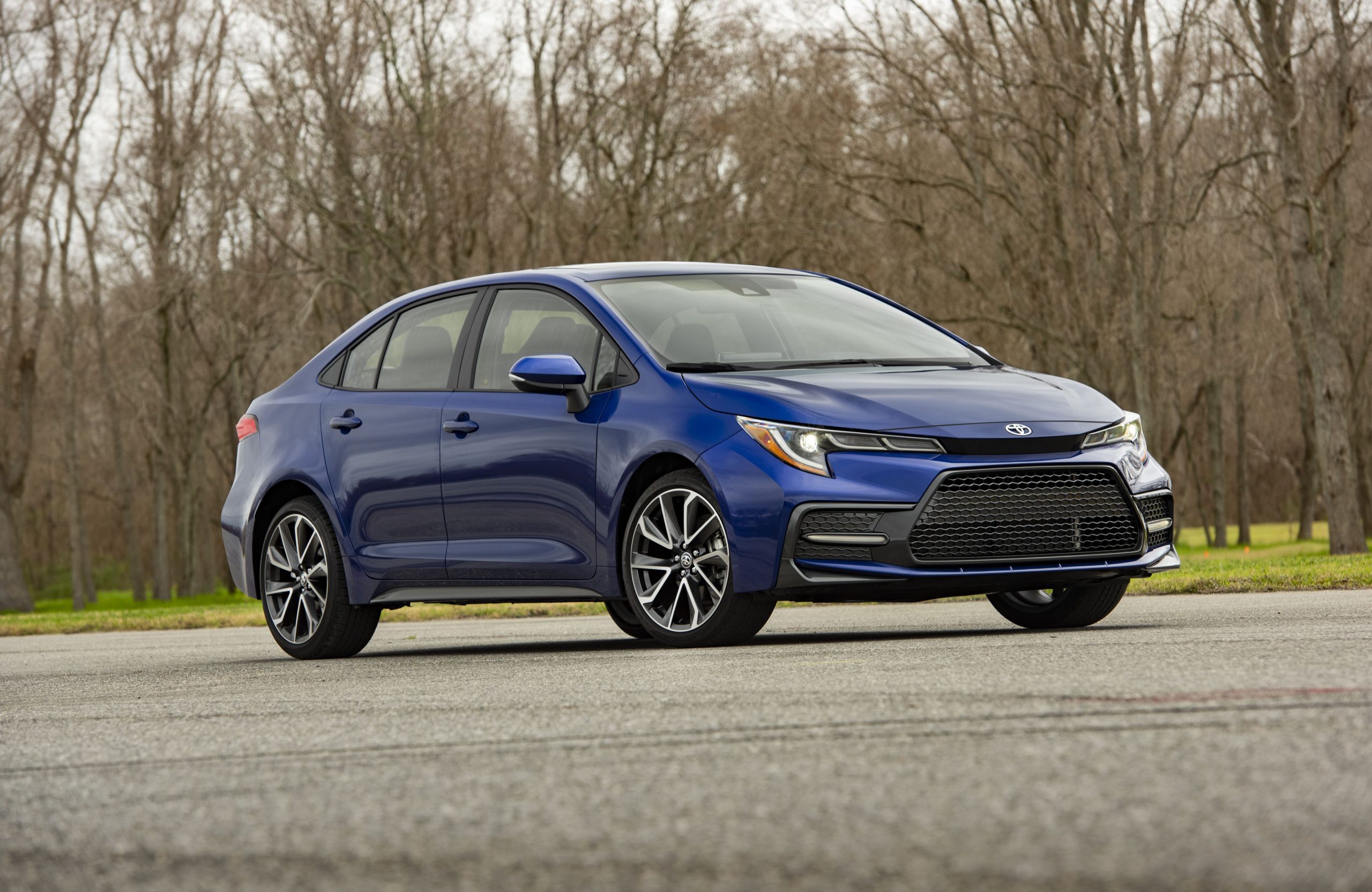
1. Toyota Corolla
The Toyota Corolla stands as a benchmark in automotive reliability, a title it has earned through decades of consistent performance and durable engineering. Since its introduction in the 1960s, the Corolla has evolved into one of the world’s best-selling cars, largely because of its ability to deliver dependable transportation without excessive cost or maintenance headaches.
One of the primary reasons behind the Corolla’s legendary durability is Toyota’s rigorous quality control during production, coupled with the use of proven, time-tested engine designs.
Unlike many modern vehicles that rely heavily on complicated electronics or turbocharging for performance, the Corolla’s straightforward naturally aspirated four-cylinder engines have demonstrated longevity, with many examples surpassing 200,000 miles with little more than routine servicing.
Moreover, Toyota’s design philosophy for the Corolla revolves around simplicity and ease of maintenance. Components are laid out logically within the engine bay, making repairs less labor-intensive and more affordable. This design consideration is essential for minimizing the amount of time the car spends off the road for repairs.
Toyota also invests heavily in reliable transmissions, often pairing their engines with either durable manual gearboxes or smooth, long-lasting automatic transmissions that rarely falter under normal use. This mechanical robustness reduces the chances of expensive and inconvenient breakdowns.
Owner experiences consistently highlight the Corolla’s forgiving nature. Many drivers have recounted stories of their cars running reliably for years with only minor upkeep. The availability of affordable parts worldwide and the car’s popularity among mechanics ensures that even when maintenance is needed, it can be done quickly and without a hefty price tag.
Furthermore, Toyota’s commitment to continuous improvement means that each new generation tends to address any lingering issues, further cementing the Corolla’s status as a virtually trouble-free vehicle. From daily commutes to road trips, the Corolla’s steadfastness makes it an ideal choice for anyone prioritizing peace of mind.
Lastly, the Corolla’s resale value benefits greatly from its reputation for reliability. Buyers seeking a dependable used car often turn to the Corolla as a safe bet, which helps maintain its value over time.
This, combined with Toyota’s comprehensive warranty and reputation for quality, explains why the Corolla remains a dominant force in the automotive market and a car that almost never needs to visit the shop unexpectedly.
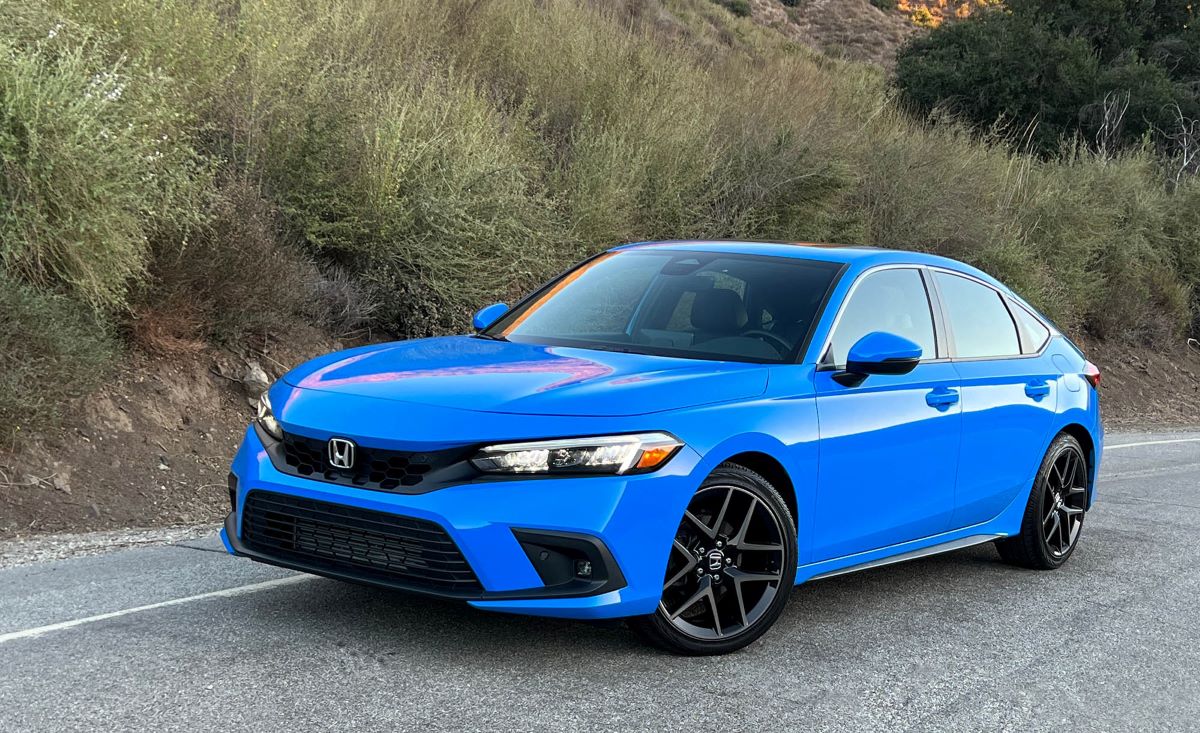
2. Honda Civic
The Honda Civic is another stalwart in the realm of automotive dependability, celebrated worldwide for its blend of efficiency, performance, and long-term durability.
Since its inception in the early 1970s, the Civic has undergone continuous refinement and innovation, yet it has consistently prioritized reliability, making it a favorite among drivers who want a vehicle that won’t leave them stranded.
Honda’s engineering prowess is evident in the Civic’s robust engine designs, which are renowned for their high-revving nature combined with remarkable endurance. The Civic’s four-cylinder engines, especially the naturally aspirated variants, are known for running smoothly well beyond 150,000 miles with only routine maintenance.
The Civic’s mechanical components benefit from Honda’s philosophy of continuous evolution. Each generation of the Civic tends to build on the last, introducing incremental improvements in materials, manufacturing techniques, and design to eliminate known weak points.
For instance, older Civics suffered less from electrical gremlins and coolant leaks compared to many other vehicles in their class. Additionally, Honda’s transmissions—both manual and automatic—have been engineered for longevity and smooth operation, minimizing the chance of costly repairs down the line.
Routine maintenance on a Honda Civic is straightforward, thanks in part to the car’s thoughtfully designed engine bay and widely available parts. Honda has cultivated a vast network of mechanics familiar with the model, which keeps labor costs reasonable and repair times short.
Civic owners often report that their vehicles simply “run and run” without serious mechanical issues. Moreover, the Civic’s reputation extends beyond its mechanical reliability to include strong safety ratings and fuel efficiency, which only add to the car’s appeal and lower overall ownership costs.
Another factor that makes the Civic a car that rarely visits the shop is Honda’s attention to detail in areas such as cooling systems and electrical architecture.
Many competitors struggle with overheating or sensor failures, but the Civic’s design minimizes these risks, reducing the likelihood of breakdowns related to such problems. Whether it’s the daily commute, long highway drives, or spirited weekend runs, the Honda Civic consistently delivers reliability that has earned it a devoted global following.
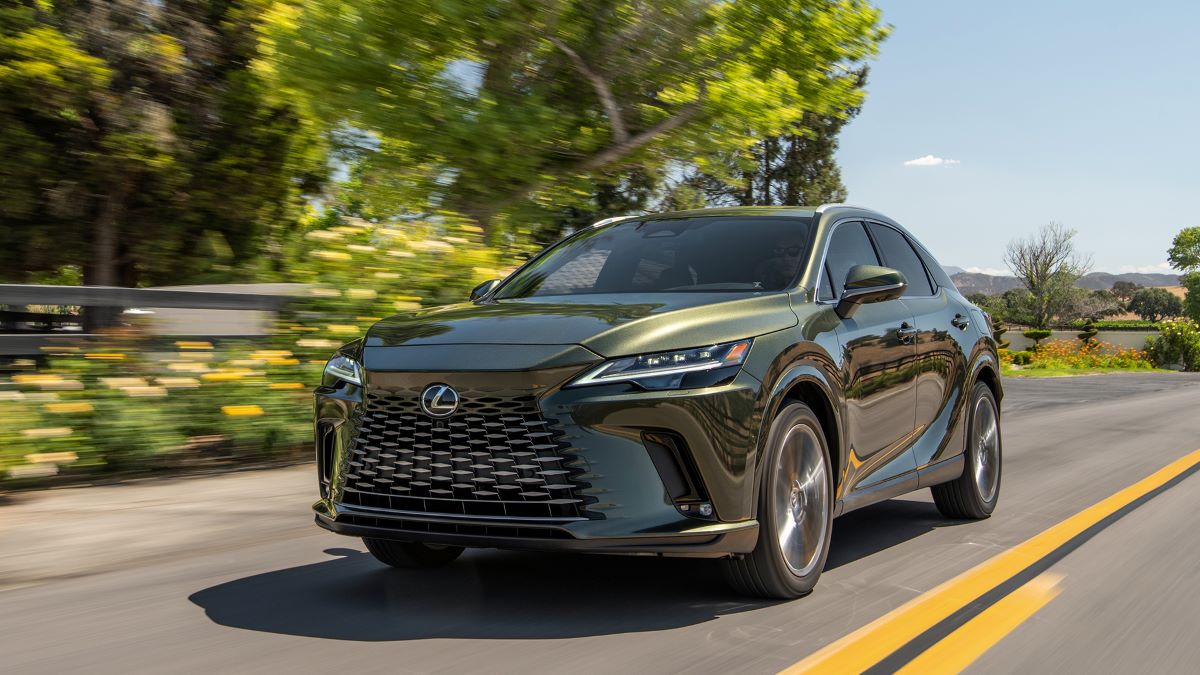
3. Lexus RX
The Lexus RX is an intriguing example of how luxury and reliability can harmoniously coexist. While many luxury vehicles carry the stigma of being prone to costly and frequent repairs, the RX, which shares much of its DNA with the Toyota Highlander, stands out as a beacon of dependability in the premium SUV segment.
Lexus has carved out a unique space by combining upscale comfort, refined craftsmanship, and robust engineering—a blend that appeals to drivers unwilling to sacrifice reliability for luxury.
Underneath its plush interior and advanced technology, the RX is equipped with powertrains that have been honed over years of Toyota’s meticulous engineering. The engines—typically V6 or hybrid configurations—are known for their smooth power delivery and longevity.
Lexus uses high-quality materials and components that resist wear and corrosion, helping the vehicle maintain its mechanical integrity over time. The automatic transmissions paired with these engines are designed to offer a balance of performance and durability, often going many miles without needing major service.
One reason the Lexus RX is less likely to visit the shop frequently is Lexus’ commitment to excellent dealer service and preventative maintenance programs.
These services often include routine inspections and early problem detection, which help nip potential issues in the bud before they become costly repairs. The reliability of the RX’s electronic systems is also noteworthy; Lexus tends to use proven technology and prioritizes durability over cutting-edge but untested features.
Additionally, Lexus’s reputation for reliability is supported by extensive owner satisfaction surveys and industry reliability ratings, which consistently place the RX among the top-tier SUVs in its class.
Many owners report driving their RX models well past 200,000 miles with only basic upkeep and no major repairs. The combination of luxury, performance, and steadfast reliability makes the Lexus RX a rare luxury vehicle that offers both comfort and peace of mind, significantly reducing visits to the repair shop.
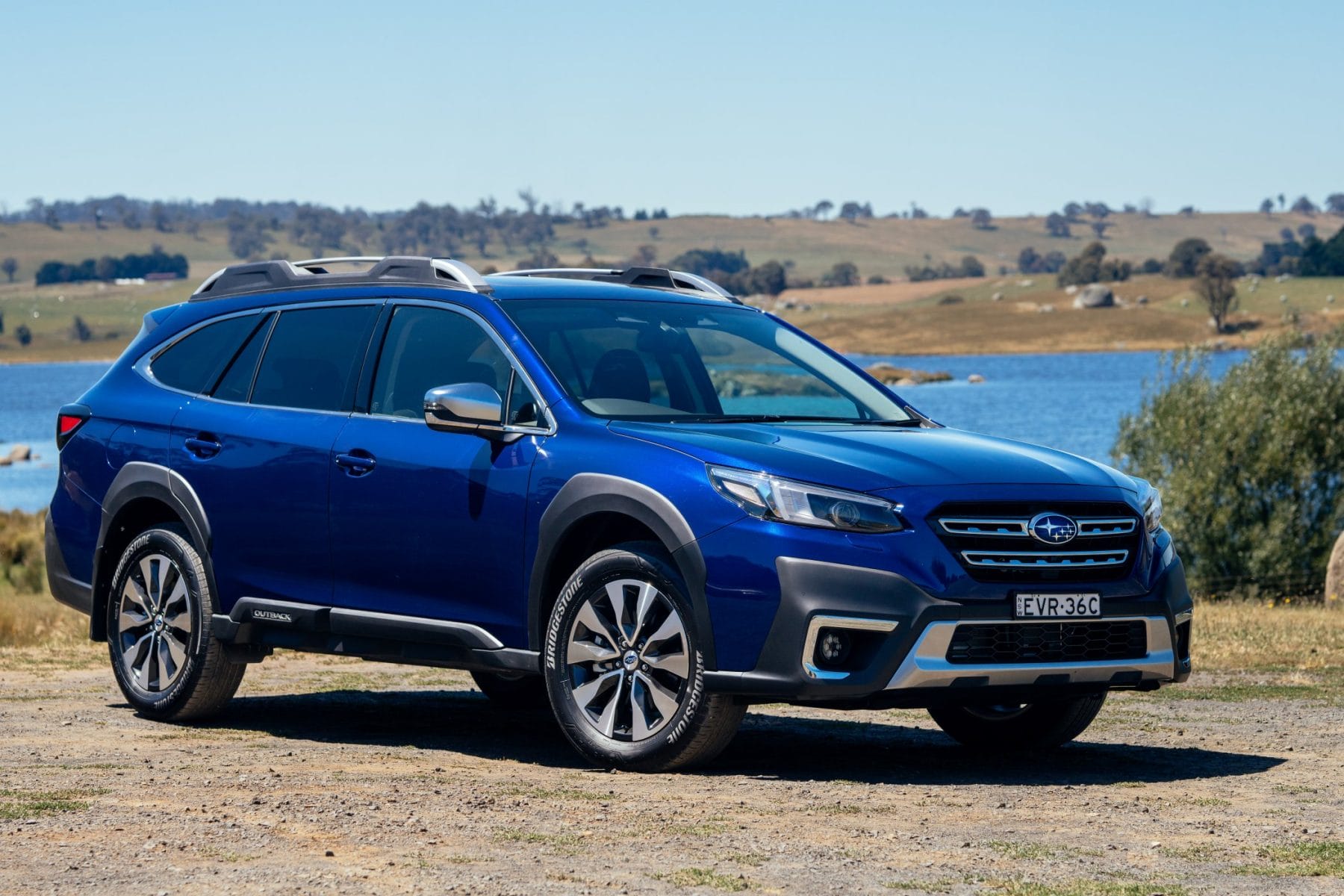
4. Subaru Outback
The Subaru Outback’s rugged reliability and versatility make it a favorite among drivers who demand a vehicle that can handle varied terrains and harsh weather conditions without frequent breakdowns.
Built on a platform designed for all-wheel drive and durability, the Outback benefits from Subaru’s proprietary boxer engine layout, which lowers the center of gravity and provides a balanced ride while also contributing to engine longevity.
Subaru’s engineering emphasis on simplicity and durability is evident in the Outback’s drivetrain and suspension systems. The symmetrical all-wheel-drive system, a hallmark of Subaru vehicles, is engineered to withstand rough usage and maintain traction in slippery conditions without excessive maintenance requirements.
The boxer engines, despite being less common in the industry, are robust and resistant to overheating and oil consumption issues that plague many other engines when properly maintained.
The Outback is also designed with practicality in mind, making regular maintenance tasks more accessible to both owners and mechanics. This ease of serviceability helps keep maintenance costs low and prevents minor issues from escalating into major repairs.
Furthermore, Subaru has built a loyal community of enthusiasts and owners who share knowledge and maintenance tips, helping prolong the life of these vehicles. While no car is immune to issues, Subaru has consistently worked to improve problem areas such as head gasket durability and timing belt longevity in later models.
These improvements have greatly reduced the likelihood of major mechanical failures. For drivers who need a reliable, capable crossover that can take them off the beaten path or through challenging weather without constant worry about repairs, the Subaru Outback stands out as a vehicle that rarely visits the shop.
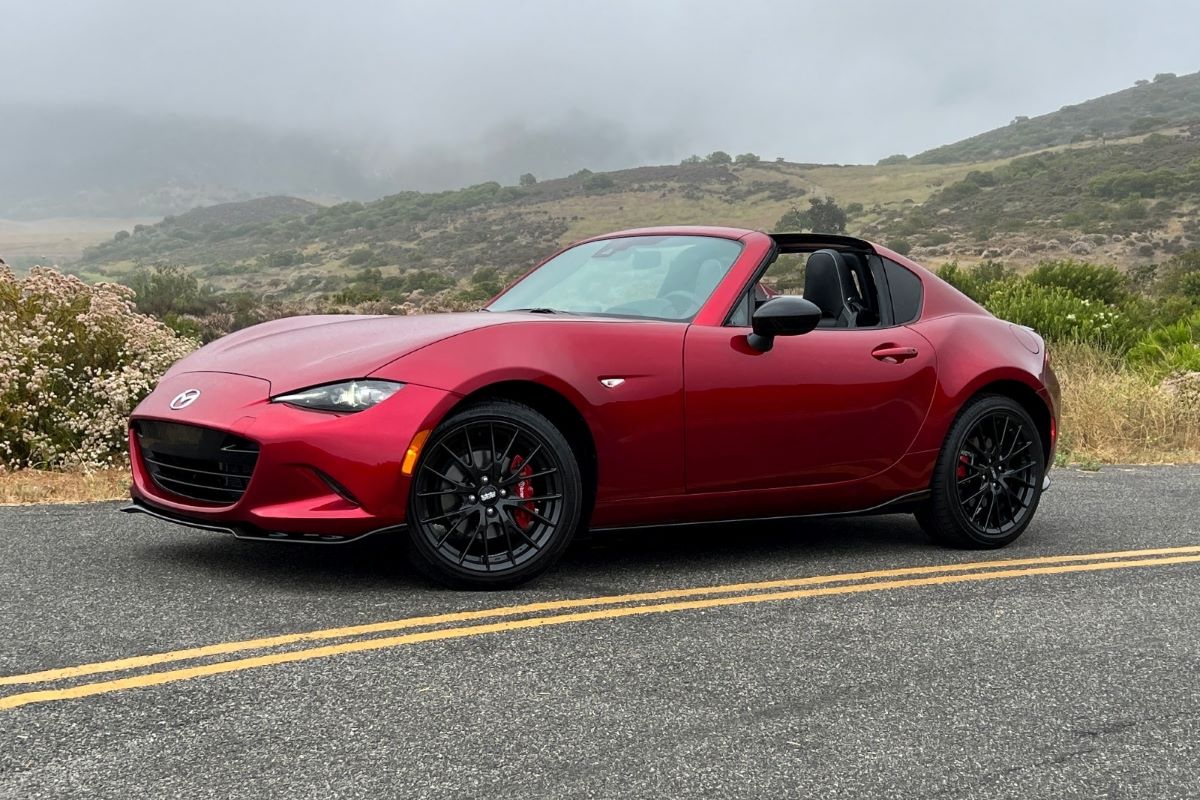
5. Mazda MX-5 Miata
The Mazda MX-5 Miata is widely celebrated not only for its spirited driving experience but also for its remarkable reliability and simplicity.
Unlike many sports cars that can be temperamental and expensive to maintain, the Miata follows Mazda’s “less is more” philosophy by focusing on lightweight design, mechanical simplicity, and robust engineering. This approach minimizes the number of components that can fail, leading to fewer trips to the mechanic.
The Miata’s small four-cylinder engine is known for being incredibly durable. It is built with high-quality internal components that can endure extended use without major wear.
Its naturally aspirated engine design reduces complexity, avoiding some of the maintenance issues associated with turbocharged or supercharged engines. Furthermore, Mazda uses quality materials and manufacturing processes to ensure that the Miata’s chassis and suspension components hold up well over time.
Another important aspect contributing to the Miata’s reliability is its ease of maintenance. The engine bay is uncluttered, allowing owners and mechanics to perform regular servicing such as oil changes, spark plug replacements, and brake work without excessive labor. The simplicity of its electrical system also reduces the risk of common electronic faults that often plague modern vehicles.
The active Miata enthusiast community provides additional value, with many owners opting to perform routine maintenance themselves thanks to plentiful resources and guides.
This DIY-friendly nature lowers overall ownership costs and helps keep the car running reliably for years. Taken together, these factors explain why the Mazda MX-5 Miata consistently ranks among the most dependable sports cars, rarely requiring visits to the repair shop beyond routine care.
5 Cars That Live at the Shop
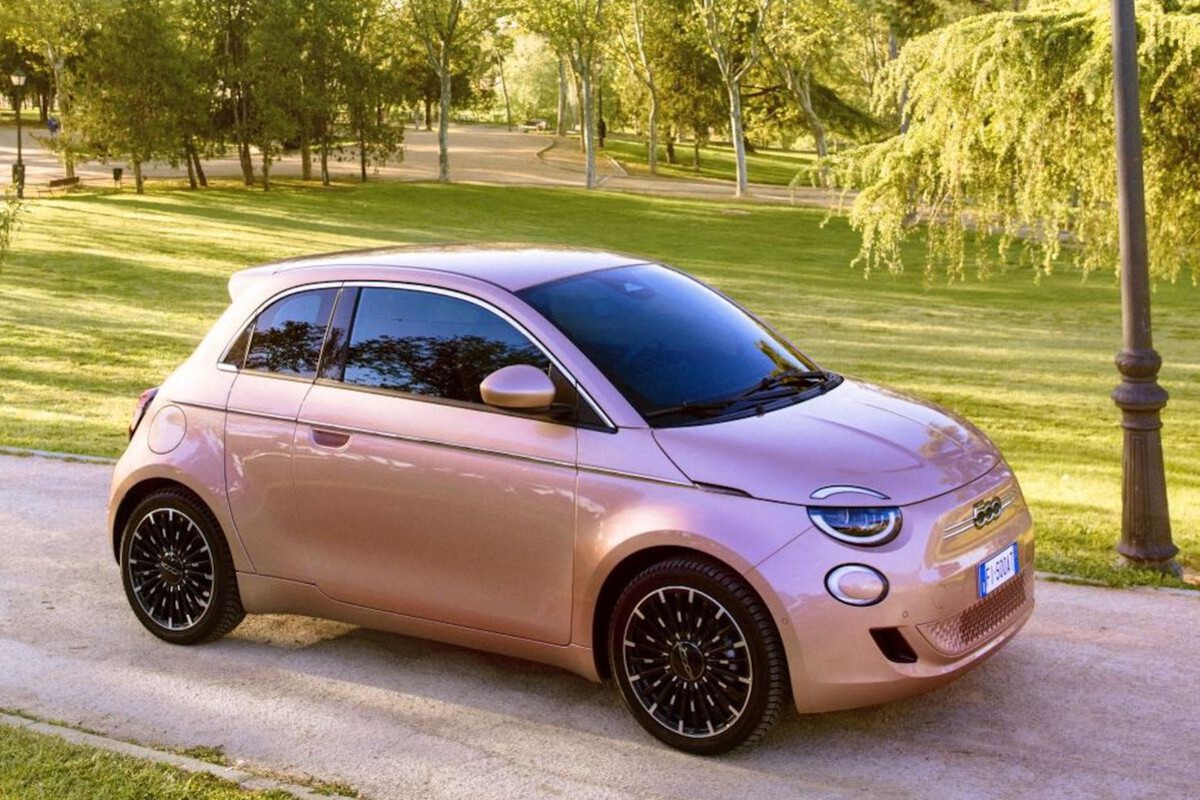
1. Fiat 500
The Fiat 500 is undeniably a car with undeniable charm and a distinctive European flair, but it has developed a notorious reputation for reliability issues, especially in markets outside Europe. Despite its small size and seemingly simple design, the Fiat 500 tends to suffer from frequent mechanical and electrical failures, making it a frequent visitor to the repair shop.
One of the core problems stems from inconsistent build quality. Fiat’s manufacturing standards in some plants have been criticized for lack of uniformity, which results in parts that wear prematurely or malfunction unexpectedly.
The compact turbocharged engines that power many Fiat 500 models are fun to drive, but they come with their share of problems. Turbo systems are inherently more complex and require precise maintenance; when neglected or if even a minor issue arises, failures such as turbocharger malfunction, oil leaks, or overheating become common.
Moreover, the Fiat 500’s electrical system is known to be particularly troublesome, with owners often reporting issues related to faulty sensors, malfunctioning dashboard electronics, power windows that don’t operate correctly, and intermittent warning lights. These electrical gremlins can be difficult and expensive to diagnose and repair due to the car’s intricate wiring and control modules.
Another reason for the Fiat 500’s frequent shop visits is the availability and cost of replacement parts. As a European import with limited service networks in many countries, parts can be scarce or pricey.
This means that minor issues can sometimes linger longer than they should because owners wait for parts, leading to bigger problems down the line. Furthermore, many mechanics unfamiliar with the intricacies of Fiat vehicles find repairs challenging, adding to the time and cost of shop visits.
Despite these challenges, some enthusiasts remain loyal to the Fiat 500 for its style and driving experience. However, prospective buyers should be aware that owning one may involve a steady stream of maintenance and repairs. The Fiat 500’s blend of charm and mechanical fragility ensures it is a car that, unfortunately, often “lives” in the repair shop rather than the driveway.
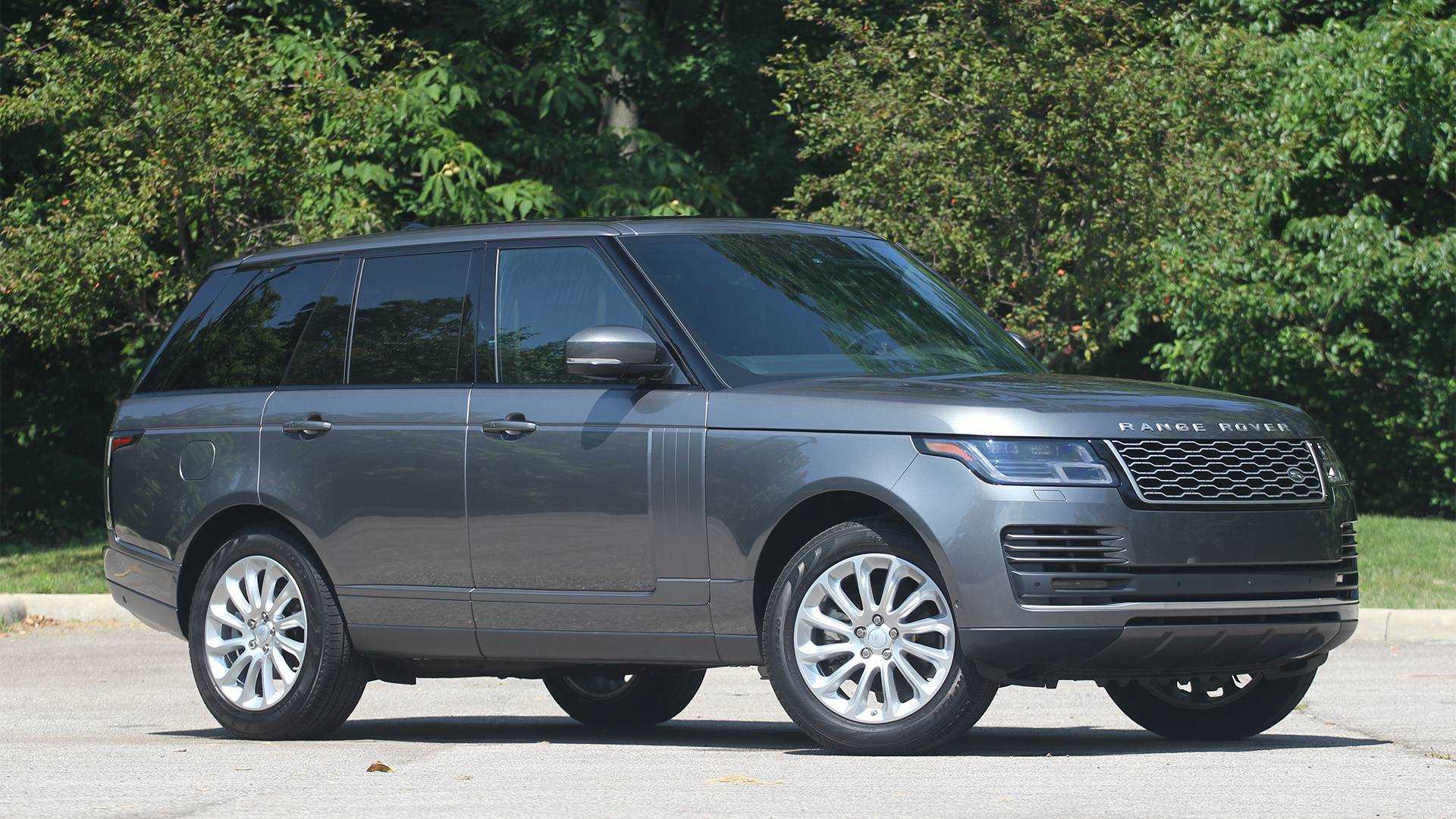
2. Land Rover Range Rover
The Land Rover Range Rover is one of the most iconic luxury SUVs in the world, celebrated for its blend of opulent comfort and extraordinary off-road capability. However, this prestige comes with a heavy price, often in the form of persistent reliability issues that cause Range Rovers to spend a significant amount of time in service bays.
The vehicle’s complexity is one of its greatest strengths and simultaneously its Achilles’ heel. Packed with advanced electronics, air suspension systems, and a plethora of luxury features, the Range Rover is prone to numerous malfunctions, many of which require expensive repairs.
One of the primary sources of the Range Rover’s frequent breakdowns is its sophisticated air suspension system. While this technology provides an incredibly smooth ride and impressive terrain adaptability, it is complex and often fails prematurely. Repairs to the air suspension can be costly and time-consuming, and failure usually leaves the vehicle undrivable.
Additionally, Range Rovers suffer from electrical system issues, including glitches in the infotainment system, erratic sensor readings, and problems with the vehicle’s multiple control modules, all of which can lead to warning lights and erratic behavior.
The Range Rover’s powerful engine options, including V8 and turbocharged variants, are high-performance but also come with their own set of challenges. Engine oil leaks, cooling system failures, and timing chain issues have been reported frequently.
These mechanical failures, combined with the vehicle’s high cost of replacement parts and specialized labor result in significant repair bills. Range Rover owners often report spending thousands of dollars annually on maintenance and repairs, which unfortunately aligns with the brand’s reputation for unreliability.
Despite Land Rover’s efforts to improve build quality in recent years, the Range Rover still trails many competitors in reliability rankings. Owners typically enjoy the luxury and capability but must accept the reality of frequent shop visits and the associated inconvenience and cost. In essence, the Range Rover’s grandeur often comes hand-in-hand with a lifetime subscription to the mechanic.
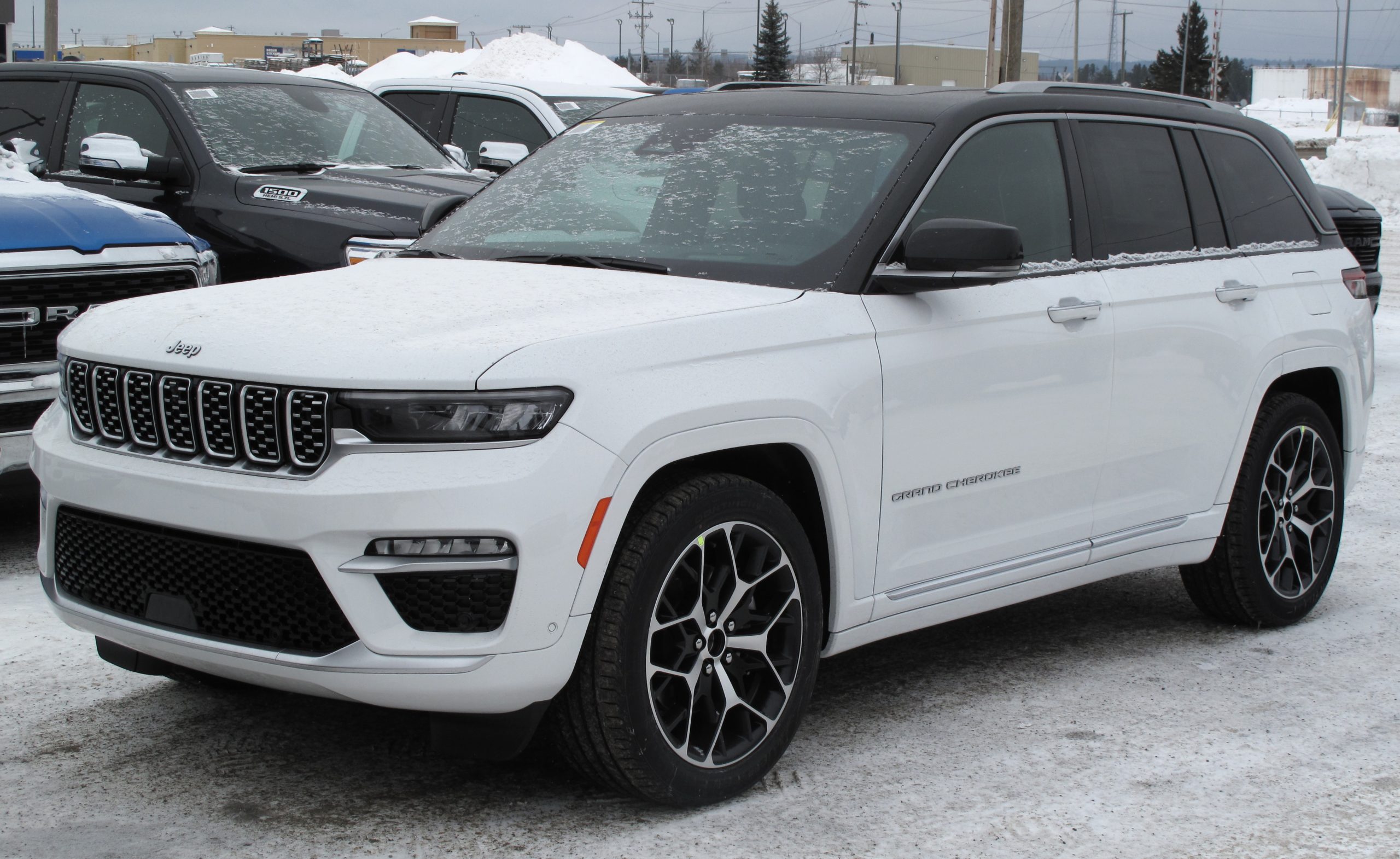
3. Jeep Cherokee (Older Models)
The Jeep Cherokee, particularly models from the 1990s and early 2000s, has earned a reputation as a rugged, off-road capable SUV, but also as a vehicle prone to frequent mechanical and electrical issues.
These older Cherokees were built with a focus on simplicity and durability, yet in practice, many of these vehicles are notorious for reliability challenges that send them regularly to repair shops.
One of the most common complaints among Cherokee owners involves transmission failures. The automatic transmissions in these vehicles were often undersized or poorly cooled for the engine’s torque, leading to overheating and eventual failure.
Transmission repairs or replacements are costly and labor-intensive, making this a frequent and expensive issue for Cherokee owners. Additionally, engine problems such as head gasket failures and coolant leaks are widespread, often causing overheating and engine damage if not addressed promptly.
Electrical problems also plague these older Cherokees. The wiring harnesses and sensor systems, exposed to harsh off-road conditions and time, often deteriorate, leading to erratic behavior in lighting, gauges, and ignition systems. These electrical gremlins can be frustrating to diagnose and fix, often requiring significant diagnostic time that adds to repair costs.
Despite these issues, the Jeep Cherokee’s classic design and off-road capability have earned it a cult following. Some owners embrace the challenge of constant repairs and often perform their own maintenance to keep their vehicles running. However, for those seeking a reliable daily driver, these older Cherokees are best avoided due to their tendency to “live” at the mechanic more than on the road.
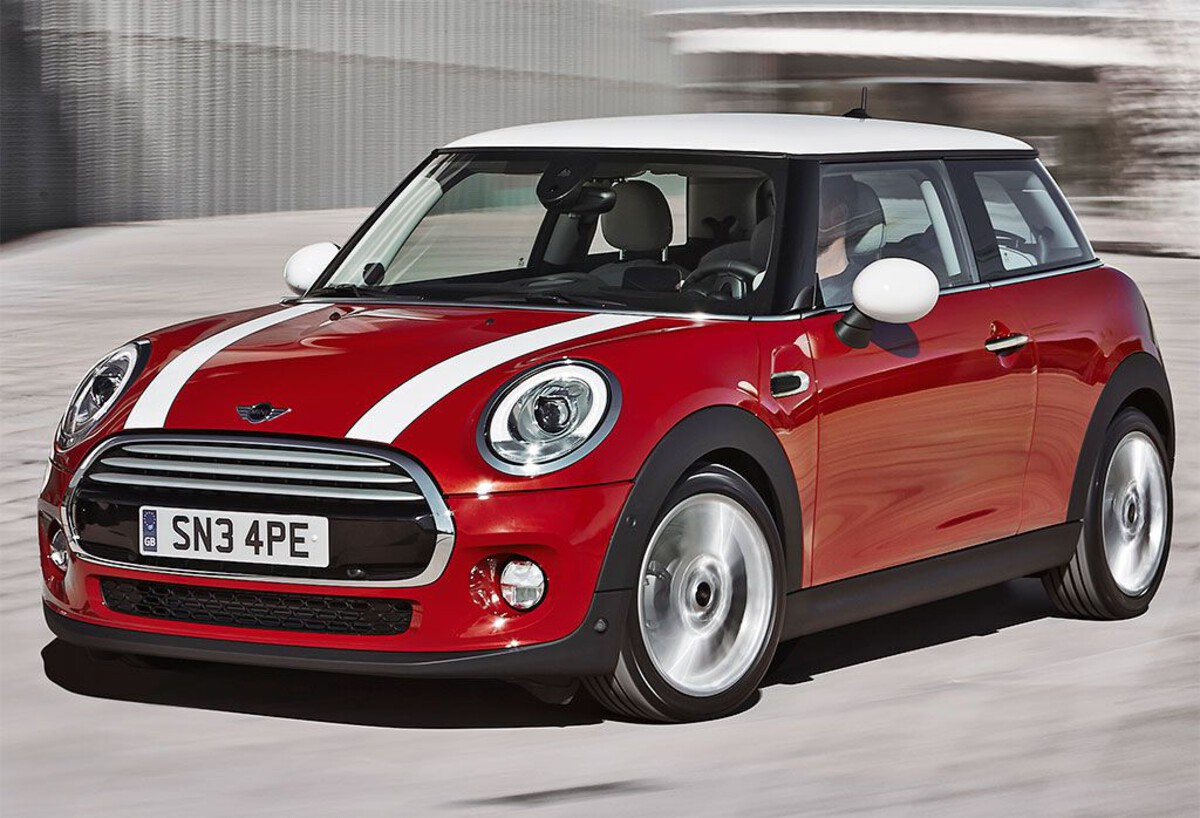
4. Mini Cooper (Early 2000s Models)
The early 2000s Mini Cooper captured hearts with its unique styling, go-kart handling, and British charm, but it also developed a reputation for frequent maintenance problems that can leave owners visiting the repair shop far more often than desired. While the car offers a fun and engaging driving experience, its early mechanical and electrical design flaws have caused headaches for many owners.
The small turbocharged engines found in many early Minis, while peppy and efficient, often suffer from timing chain tensioner failures. This can lead to catastrophic engine damage if not addressed quickly
. Additionally, the cooling system on these Minis has been prone to issues, including radiator leaks, water pump failures, and thermostat malfunctions. Overheating is a frequent complaint, which, when combined with the delicate timing chain, can spell disaster for the engine.
Electrical faults further compound the Mini Cooper’s reputation. Common problems include malfunctioning central locking systems, faulty sensors, and intermittent issues with the infotainment and dashboard electronics. These electrical challenges can cause erratic vehicle behavior and multiple warning lights, making diagnosis tricky and repairs expensive.
Parts availability and repair costs also contribute to the Mini’s maintenance woes. Imported components and the need for specialized knowledge mean repairs can be pricier than for more common compact cars.
As a result, early 2000s Mini Coopers tend to accumulate repair bills rapidly, and their owners often find themselves frequenting garages to keep their beloved cars running.
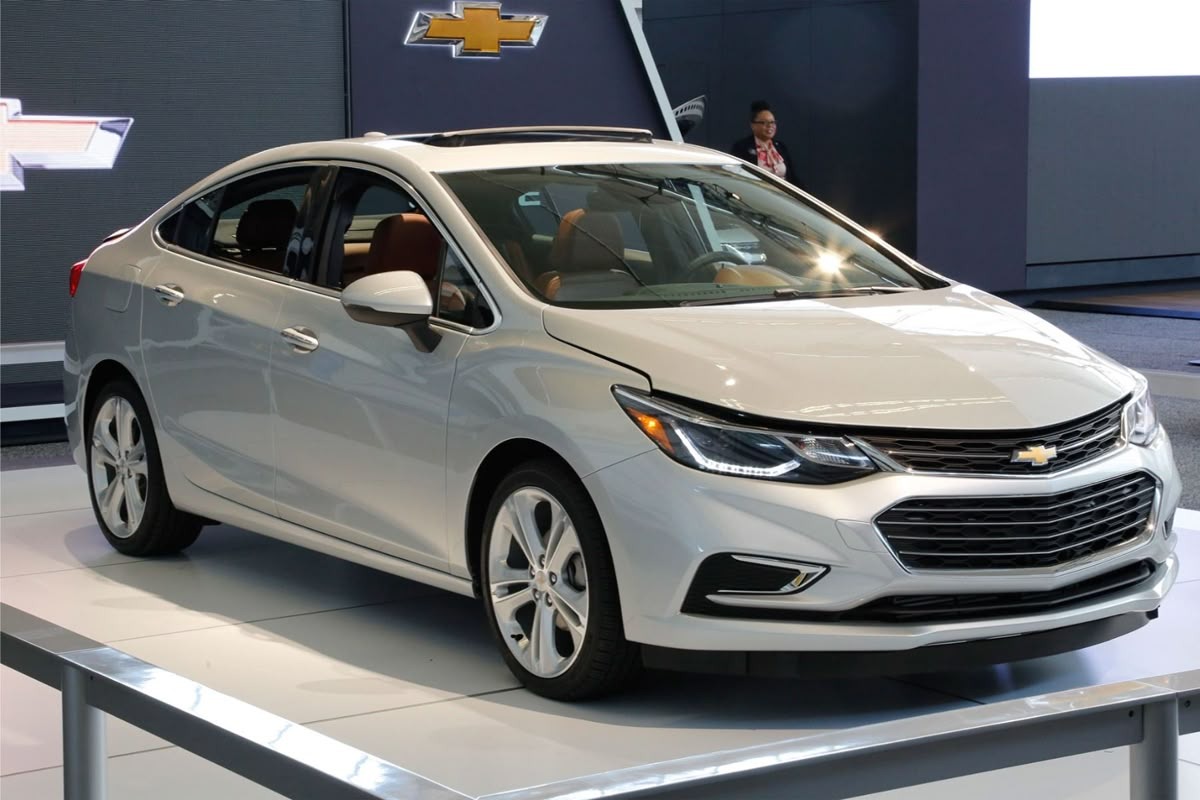
5. Chevrolet Cruze (First Generation)
The first-generation Chevrolet Cruze was introduced with high hopes as a competitive compact sedan, but it quickly gained a reputation for reliability issues that have haunted many owners. Despite its modern styling and advanced features at launch, the Cruze’s mechanical vulnerabilities have made it a frequent occupant of repair shops.
One of the most common and serious problems with the first-gen Cruze is engine stalling and failure, often related to the timing chain.
Unlike timing belts, timing chains are generally expected to last the life of the engine, but in these models, premature chain stretching or failure has been widely reported. This failure can lead to engine misfires, reduced power, and in worst cases, severe engine damage requiring costly repairs or replacement.
The Cruze’s transmission also has a poor track record, with many owners experiencing rough shifting, slipping, or outright failure. These issues can be attributed to design flaws and manufacturing inconsistencies in the automatic transmissions used. Transmission repairs or replacements are expensive and a major source of frustration for Cruze owners.
Additionally, electrical problems plague the Cruze, including erratic dashboard gauges, sensor malfunctions, and software glitches. These issues often trigger warning lights and sometimes affect drivability.
The combination of engine, transmission, and electrical troubles means many first-generation Cruze owners find themselves making frequent trips to mechanics, dealing with inconvenient repairs and high costs.
While Chevrolet has worked to improve the Cruze’s reliability in later generations, the first generation remains an example of a compact car that, unfortunately, “lives” in the repair shop rather than on the road.
Also Read: 5 Cars With Best Fuel-Cost Calculators and 5 With Misleading Displays
In the world of automobiles, the question of reliability is a fundamental concern for both new car buyers and seasoned owners alike. After exploring five cars that rarely visit the repair shop and five that seemingly live there, it becomes clear that not all vehicles are created equal when it comes to dependability.
Reliability is not just about the engineering specs or the brand name, but a combination of design philosophy, manufacturing quality, maintenance, and real-world user experiences. This comprehensive understanding helps illuminate why some cars inspire confidence and freedom, while others provoke frustration and frequent mechanical visits.
The vehicles that rarely require repairs—such as the Toyota Corolla, Honda Civic, Lexus RX, Subaru Outback, and Mazda MX-5 Miata—share some common threads. They tend to be engineered with simplicity and durability at their core.
These cars often rely on tried-and-true mechanical systems rather than untested or overly complex technology, reducing the number of components that can fail.
Their manufacturers prioritize build quality and ease of maintenance, allowing for straightforward repairs and routine servicing. The result is a dependable driving experience where unexpected breakdowns are the exception rather than the rule.
Owners of these reliable cars frequently report driving them well beyond 200,000 miles with nothing more than normal maintenance. Their robust designs and strong aftermarket support ensure that replacement parts are affordable and mechanics are familiar with their systems.
These factors combine to keep ownership costs low and reduce the likelihood of prolonged downtime. Furthermore, these vehicles tend to hold their resale value well, reflecting their enduring reputation for reliability. In essence, they offer peace of mind that resonates deeply with the needs of everyday drivers.
On the other hand, the cars that “live” at the repair shop—such as the Fiat 500, Land Rover Range Rover, older Jeep Cherokee models, early 2000s Mini Cooper, and first-generation Chevrolet Cruze—present a stark contrast. Despite their appeal in terms of style, luxury, or performance, these vehicles often suffer from recurring mechanical, electrical, or transmission issues.
Their complex systems, while impressive, introduce more points of potential failure. Problems like air suspension breakdowns in the Range Rover, timing chain failures in the Mini Cooper, or electrical gremlins in the Fiat 500 not only inconvenience owners but also lead to costly repairs that can quickly add up.
These vehicles also highlight the impact of inconsistent manufacturing quality, scarcity of parts, and the need for specialized knowledge to address their unique problems.
As a result, repair shops become a frequent stop, and owners often face frustration, unexpected expenses, and the loss of valuable time. While these models can be rewarding to drive or own under the right circumstances, they demand a higher level of vigilance, maintenance, and sometimes a willingness to accept the trade-offs associated with frequent repairs.
The dichotomy between these two groups serves as a valuable lesson for car buyers. Choosing a vehicle with a reputation for reliability is one of the smartest investments anyone can make, significantly enhancing the ownership experience and long-term satisfaction.
Meanwhile, understanding the common pitfalls and challenges associated with certain models can help potential buyers avoid costly mistakes or prepare themselves for the realities of ownership.
In the final analysis, reliability is more than just a statistic—it is a reflection of the synergy between manufacturer priorities, engineering discipline, maintenance practices, and user expectations.
While no car is completely immune to problems, those that require fewer trips to the repair shop allow owners to enjoy the freedom of driving without constant worry. Meanwhile, cars that frequently find themselves in the garage serve as reminders that innovation and luxury often come with trade-offs in terms of durability and repair costs.
Armed with this knowledge, drivers can approach the car-buying process with confidence, selecting vehicles that align with their priorities—whether that means simplicity and durability or accepting the complexities of a high-tech, feature-rich ride.
Ultimately, the goal is to find a vehicle that complements one’s lifestyle and minimizes the headaches associated with frequent repairs. Whether you’re seeking the tried-and-true reliability of a Toyota Corolla or considering the risks of owning a Range Rover, this guide aims to help you navigate the roads of automotive ownership with greater insight and assurance.

